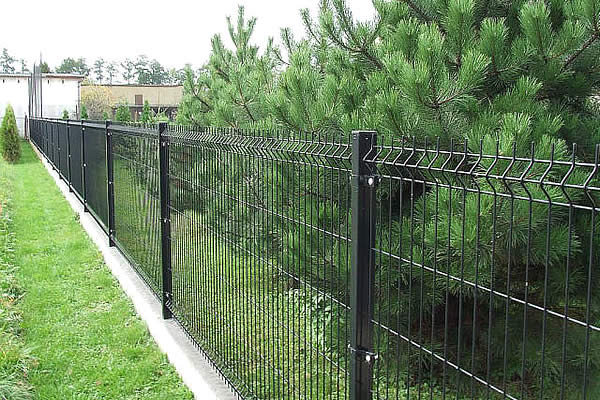 TEL:
+86-13102802206
TEL:
+86-13102802206
 Email:
fencenetting@china.com
Email:
fencenetting@china.com
 Language
Language
 TEL:
+86-13102802206
TEL:
+86-13102802206
 Email:
fencenetting@china.com
Email:
fencenetting@china.com
 Language
Language


The Price Trends of Electric Iron Wires An In-Depth Analysis
Electric iron wires are essential components in a multitude of applications, ranging from household appliances to industrial machinery. As a crucial element in the manufacturing of electric wires, the pricing of iron wires is influenced by various factors, including raw material costs, supply and demand dynamics, and global economic conditions. In recent years, the trends in electric iron wire prices have exhibited significant fluctuations, making it essential to understand the underlying factors driving these changes.
One of the primary factors affecting the price of electric iron wires is the cost of raw materials. Iron, being a fundamental material in the production of electric wires, is itself subject to price volatility influenced by global market conditions. The prices of iron ore and scrap metal, which are key inputs for manufacturing iron wires, have seen periodic increases due to rising demand from emerging economies, particularly in Asia. For instance, countries like China and India, known for their rapid industrial growth, have been major consumers of iron and its derivatives, thereby exerting upward pressure on prices.
In addition to raw material costs, the manufacturing capacity and technological advancements in the production of electric iron wires also play a pivotal role in influencing prices. Manufacturers continuously strive to optimize production processes, utilizing advanced technologies to enhance efficiency and reduce costs. However, if production capacity struggles to keep pace with rising demand, supply shortages may occur, resulting in increased prices for consumers. Conversely, if technological improvements lead to an oversupply in the market, prices may stabilize or even decline.

The demand side of the equation is equally critical in understanding the pricing trends of electric iron wires. The demand for electric wires tends to spike during periods of economic growth, as construction and manufacturing activities expand. For example, the boom in renewable energy projects has significantly boosted the demand for electric iron wires used in solar panels and wind turbines. Similarly, the ongoing digital transformation has driven up the need for electric wires in telecommunications and data centers. However, during economic downturns, demand may wane, compelling manufacturers to adjust prices accordingly.
Another key factor influencing the price of electric iron wires is the impact of geopolitical dynamics and trade policies. For instance, tariffs and trade restrictions can disrupt global supply chains, leading to increased costs for manufacturers. Recent trade tensions between major economies have led to uncertainty in the market, causing fluctuations in the pricing of electric iron wires. In such a volatile environment, manufacturers and consumers alike must remain vigilant and adaptive to the ongoing changes.
Additionally, seasonal factors and market speculation also contribute to the price volatility of electric iron wires. Certain times of the year, such as the peak construction season, typically see a surge in demand, potentially driving prices up. Market speculators often react to news events and trends, further influencing pricing fluctuations.
In conclusion, the pricing of electric iron wires is a complex interplay of various factors, including raw material costs, manufacturing capabilities, demand dynamics, geopolitical influences, and seasonal trends. As both manufacturers and consumers navigate this complex landscape, staying informed about these factors is crucial to making effective purchasing and investment decisions. Understanding the various elements that affect electric iron wire prices not only aids in cost management but also allows stakeholders to anticipate future market trends effectively. As the global economy continues to evolve, so too will the pricing of electric iron wires, necessitating ongoing analysis and adaptation.